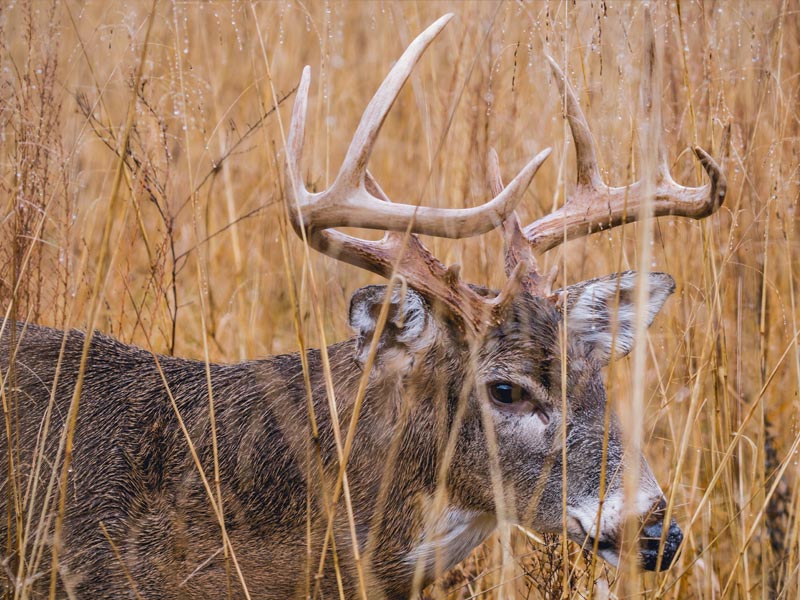You’ve practiced shooting, you’ve purchased all your gear, now you’re ready for your deer hunt. You can’t wait to shoot that prized possession and share your glory with your fellow hunting friends.
But wait. Have you heard of blood trailing whitetail deer? Did you know though that a hunter’s success is not just about shooting the deer? Shooting the deer – not all the time, but sometimes – can be the easier part of the hunting trip. The difficult part of the whole experience, the part that also needs a lot of expertise and training, is blood trailing whitetail deer – the prized deer that you plan on shooting.
As a hunter, your job is not just to shoot the deer, but to retrieve it as well. You don’t have to do this without any insight. If you’re having troubles with this part of the hunt or would just like to learn more about how to track the buck you shot, keep reading to discover our great tips on blood trailing whitetail deer.
6 Tips to Track Your Deer
1. Keep your Eyes Peeled
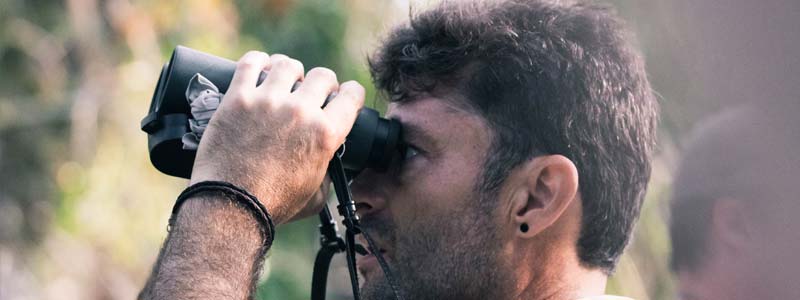
As soon as you hear the sound of your gunshot, be prepared to try to memorize where the deer went. This can be hard because your adrenaline is rushing through your body because of the excitement from the shot, but try to keep your enthusiasm at bay for now. You can release all that energy after the thrill of the chase. Part of blood trailing whitetail deer is to look for a geographical landmark, such as a rock or tree or bush, to help memorize the area where the deer was when it was shot. This will be useful, so you know where to begin your search.
2. Don’t Rush
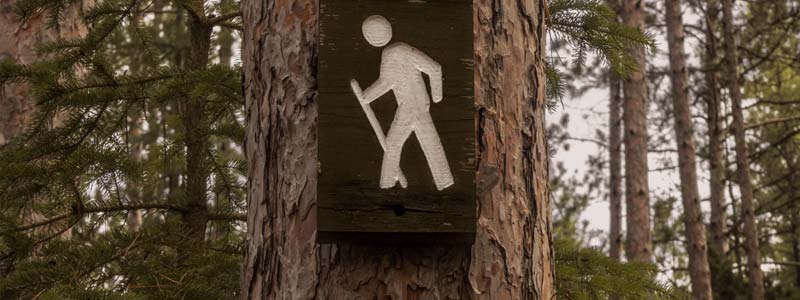
Before rushing to the scene of the shot or running to catch the deer, wait a while – maybe 20-30 minutes. Some hunters have even waited hours at their stand to see if the deer doubles back on itself or if a doe or another buck guides the deer out of its hiding place. It’s up to you, and all cases are different. When you’re ready to leave your shooting place, quietly move away from the area and approach the deer’s original position.
3. Use Markers
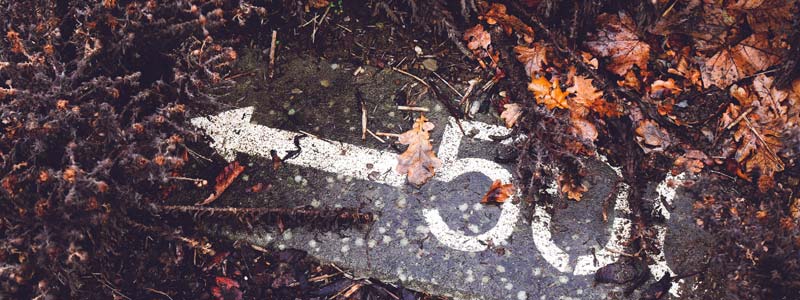
Once you’ve arrived at thescene of the shot, mark it with something you will remember. This can be toilet paper if you want something biodegradable for the environment or an orange flag that you can reuse later. You’ll want to use these for the entire blood trail. If you lose the path, it will be helpful to be able to go back to a marker to start searching from that section over again.
4. Decipher the Blood
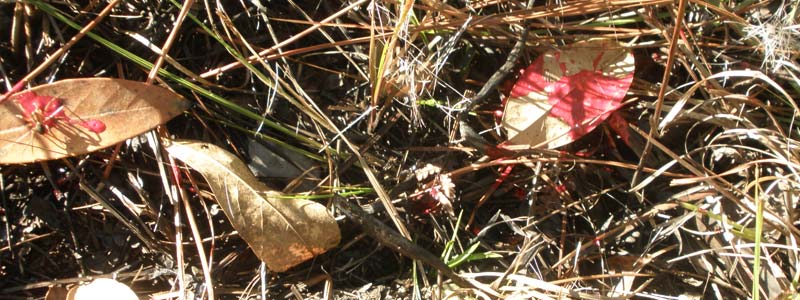
Before starting on the search, one more thing is essential. The color of the blood at the scene of the shot is vital. Knowing blood color will help you identify where the deer was shot. For example, a shot to the deer’s lung or heart can be identified with bright red or pinkish blood while darker colored blood would tell you that it’s a liver shot. In the first case you’ll only need to wait about an hour to start the search; in the second, the wait time would be 3-4 hours.
If you see greenish fluid that smells nasty, that would be a gut shot. In that case, you’ll want to wait a long time before pursuing your deer, sometimes even 10 hours. Not exactly what you want, we know. But while blood trailing whitetail deer it’s important to remember these types of blood and fluids, so you know how long to wait for the deer’s movements to slow or to stop.
5. Look Down, Look Up

Once your search has begun, after the proper wait time, it’s important to remember to not only look downwards at the ground for blood. If you lose sight of blood, check around you in the bushes or trees. It’s possible that the deer brushed up against foliage and left the tracking sign that you need. Blood doesn’t just drop either. It sprays too. Sounds appetizing right? Look at the trunks of trees or tall weeds.
An important note here is to walk alongside the blood. Be very, very careful that you’re not trampling the blood by stepping on top of it. It’s a lot of work, but it pays off in the end when you have a great trail of untrampled blood to follow.
6. Get Help
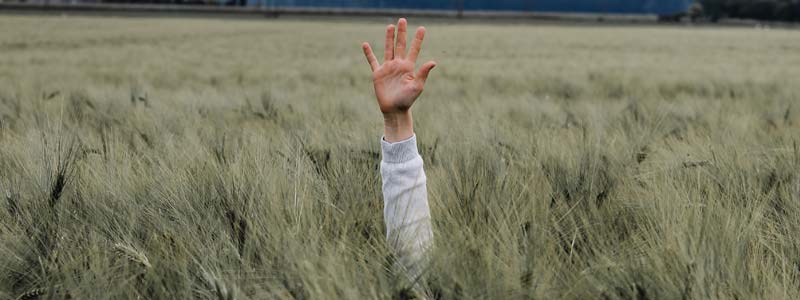
If you believe you’ve done all you can on your own and worked at a slow pace of three or more hours, it could be time to call in the reinforcements to finish the adventure of blood trailing whitetail deer. Some say to call in just 2 or 3 helpers; others say to get as much help as possible. It’s totally dependant on your unique situation. We can’t tell you exactly when to make the call. Trust your gut and your intuition, but do all you can beforehand. That’s your job as a deer hunter.
Once you’ve called in your friends, do a grid search. Each tracker should stay close enough that you can see the tops of the other’s shoes. Stay close to each other during your sweeps. If necessary (and legal in the area), use dogs as reinforcements. They can be very useful in finding the deer.
Like we mentioned, every deer hunt situation is completely different from another one. We’re sure you’ve heard many hunter’s stories and have imagined your hunting experience to be similar to theirs. It might be, or maybe it won’t be. In spite of that, we trust that each of these tips will be beneficial in any situation.
Use your eyes and geographical and colored markers wisely. Know different types of blood and how long to wait in each case. Expect the unpredictable from the deer, such as blood in different areas or a double backing deer. Get help when necessary. Work hard and expect a long, tiring journey. It’ll be well worth it in the end when you’re devouring your venison or staring up at the face of the deer on your wall. Reach out to us here at Scopeshield if you have any needs or questions about blood trailing whitetail deer. We’re here to help.

